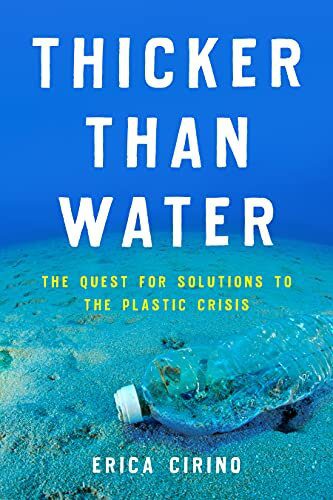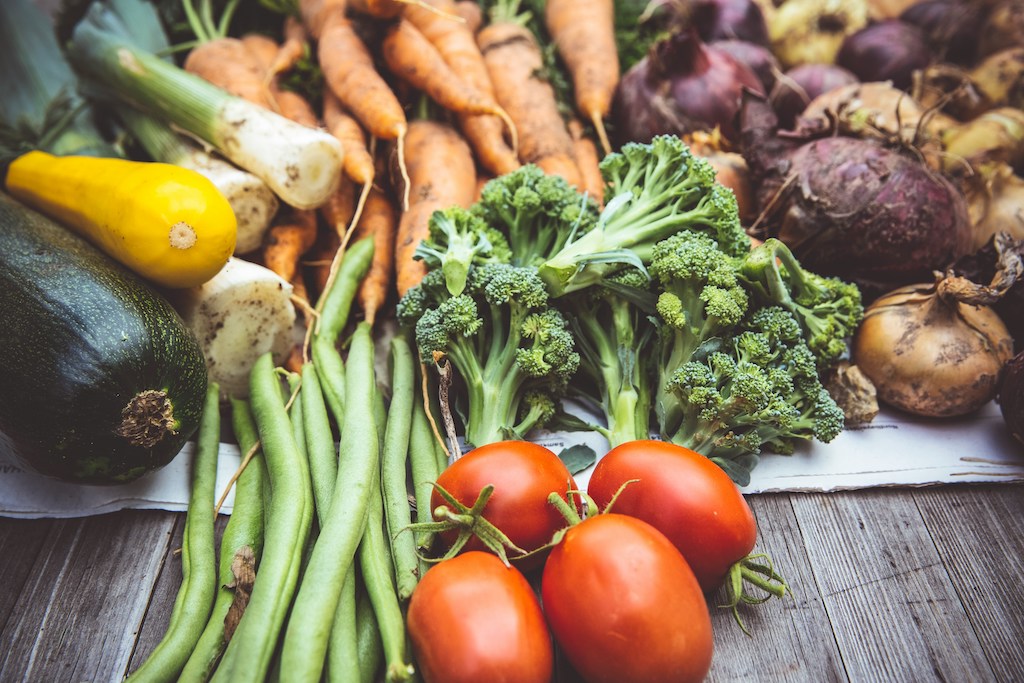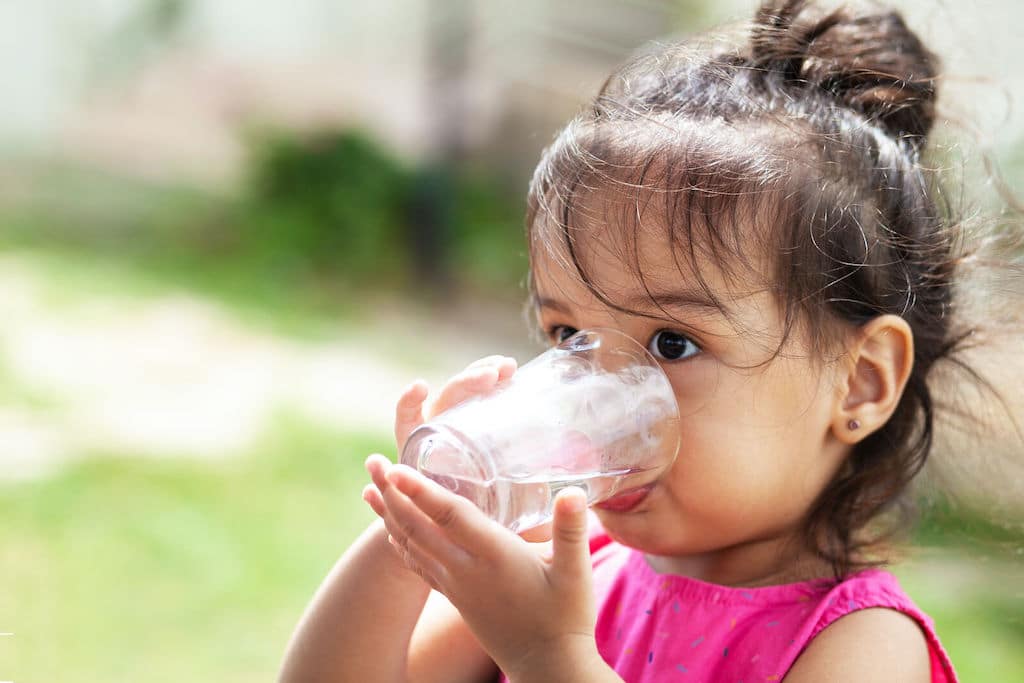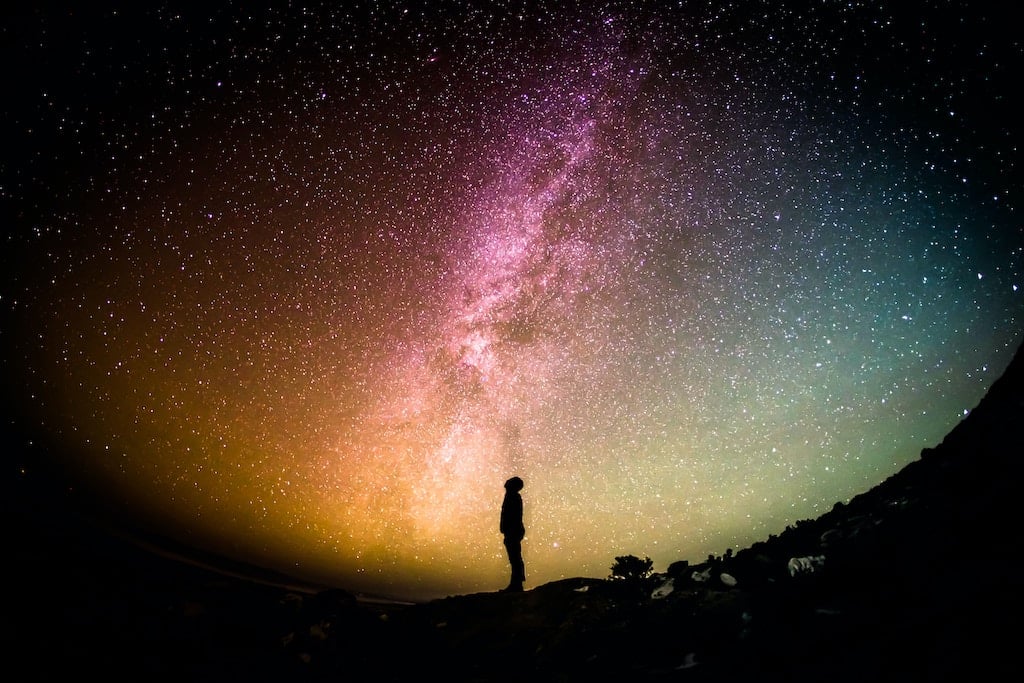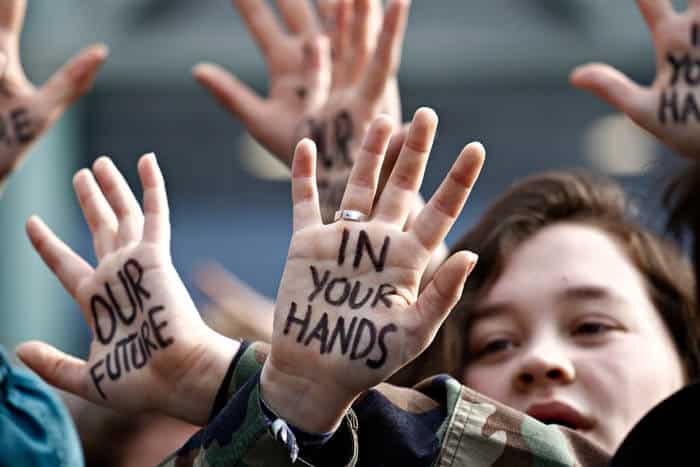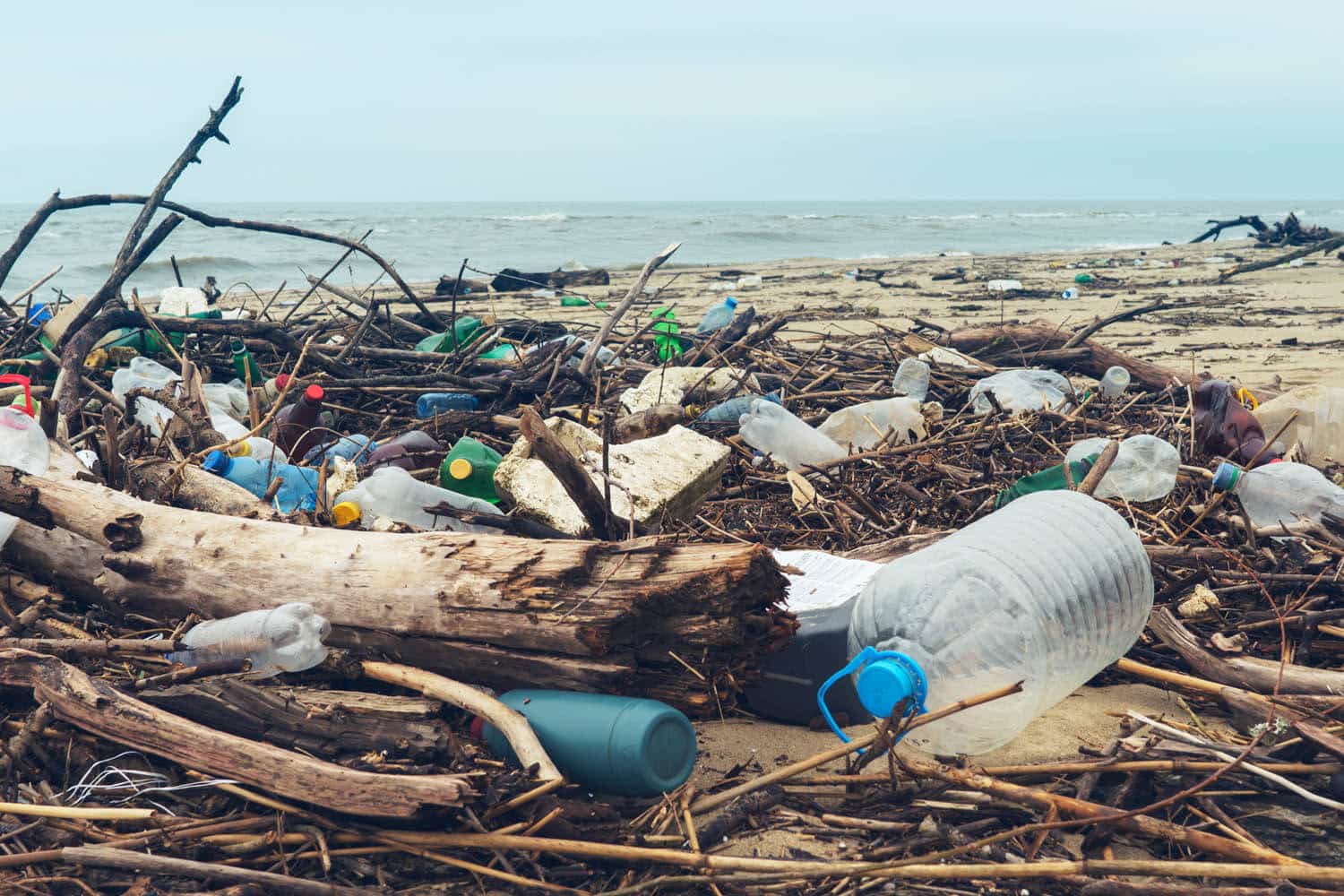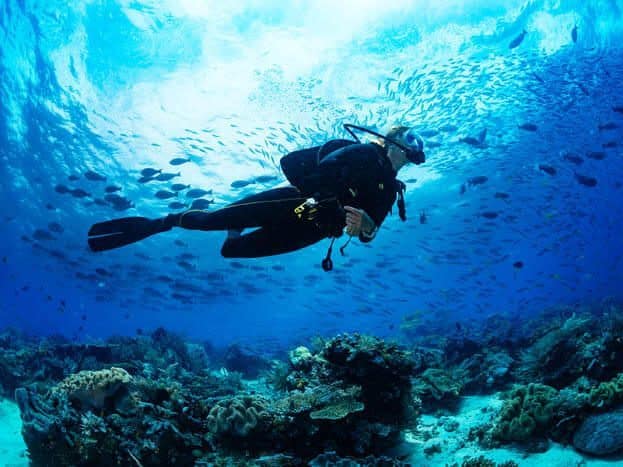The following is a Q&A with author Erica Cirino following the release of her new book, Thicker Than Water: The Quest For Solutions To The Plastics Crisis.
Erica Cirino is a science writer and artist exploring the intersection of the human and nonhuman worlds. Her widely published photojournalistic works depict the numerous ways people connect to nature—wild creatures in particular—and shape planet Earth. In her recent book, Thicker Than Water: The Quest for Solutions to the Plastic Crisis (published by Island Press, October 2021), Erica documents plastic across ecosystems and elements; shares stories from the primarily Black, Brown, Indigenous and rural communities that are disproportionately harmed by industrial pollution; and uncovers strategies to prevent plastic from causing further devastation to the planet and its inhabitants. She lives with her rescued street dog, Sabi, on and between two shores, Long Island and Connecticut.
1. How did you first become aware of the plastic pollution global crisis?
When I was 15, I got a job as an assistant at a wildlife rehabilitation clinic on Long Island, New York. The job involved rescuing and providing medical and rehabilitative care to sick, injured, and orphaned wildlife brought to us by the public. I observed that virtually all of the animals—hawks, owls, opossums, turtles, squirrels, and others—who turned up in our hands had been harmed by human actions, systems, and infrastructure—window collisions, pesticide poisoning, car strikes, cat and dog attacks, den or nest destruction. Our widespread use of plastic is a huge hazard for wildlife, and a common reason for animals to come into rehabilitative care. I’ve helped untangle countless creatures from plastic fishing line, from soccer nets; pulled balloon strings off talons; removed rubber fishing lures from throats. Being familiar with wildlife and being a person who has spent a lot of time outdoors, I was probably 16 or so when I connected the growing amount of plastic around me and the growing number of plastic injuries and fatalities I observed in my rehabilitation work to symptoms of a larger problem—the plastic crisis, and humanity’s unrestrained and unquestioning use of this single material. Around that time I also began to notice the connection between the rise in plastic and an uptick in human consumption of all kinds, and how that benefitted some but overwhelmingly harmed people and the planet. My perception of the world’s increasing lack of balance and equality and its cause—humanity—has deeply worried me from an early age.
2. “Reduce, Reuse, Recycle” is a mantra that has existed in the American Zeitgeist for over four decades. Often, when the plastics crisis is mentioned, two things seem to happen in quick succession: 1) People acknowledge the crisis and share their concerns about it. 2) People then mention how they take great care to recycle all the plastic they purchase.
Given how deeply the perception of recycling as a solution has become embedded in our culture, how can we rewrite the narrative to focus on the root causes of plastic pollution?
As you suggest, most people generally want to “do the right thing” when it comes to coping with plastic waste—i.e. preventing the plastic they use from turning up as litter. However, when we consider recycling, it’s important to look at a few key facts:
First, look at the serious failure of recycling to date: Just a tiny fraction—about 9 percent—of the more than 8.3 billion metric tons of petrochemical-based plastic humans have created since the mid-1900s has actually been recycled. Regional recycling rates around the world presently span from nonexistent to poor, with some countries claiming their exported garbage will be recycled only to end up exchanged as part of the global waste trade—and ultimately, dumped or burned elsewhere, harming human and ecological health. Why? It’s not very easy to recycle plastic, a term that encompasses a great many different types of petrochemical-based polymers that vary in appearance and chemical composition. A Styrofoam cup is made of a different type of plastic than a plastic bag, for example. So these common plastic items need to be recycled separately—except not every municipality has the technology or staff to sort and recycle every type of plastic. And lots of plastic stuff gets contaminated with use, particularly packaging. Items made of multiple types of plastic become even harder to recycle. Many plastics weaken as they are heated and recycled, so it’s common to add chemical additives and even fresh plastic to batches of what little gets recycled.
For decades, trade associations linked to the various parts of the plastic supply chain—petrochemical companies, manufacturers, transporters, waste managers, and others—have cemented a recycling ethic into the consciousness of people living first in America and in Europe, and now virtually all around the world. The groups hired PR teams to handle their pro-recycling messaging, a brilliant marketing scheme when you think about it, because it allowed corporations to continue making more and more plastic while making it seem plastic had a place when it met the end of its life. Members of the trade groups, which include major consumer brands, formed seemingly pro-environmental nonprofit organizations with names like Keep America Beautiful and The Alliance to End Plastic Waste, which reinforced the trade groups’ pro-recycling messaging. The industry-backed, highly visible, pro-recycling advertising campaigns placed responsibility for coping with plastic waste, and preventing pollution, squarely on the shoulders of the public.
This, despite the simple fact that when it comes to plastic waste, there’s no such place as away. Plastic, unlike many other materials humans consume, does not benignly biodegrade, to our knowledge today. In fact, its presence throughout air, water, soil, space; in plants; and inside the bodies of animals, including humans, demonstrates its endurance. Instead of breaking down, it breaks up into smaller and smaller pieces that are capable of being ingested, absorbed, or inhaled by living beings; and are packed with chemicals, many of which are known to harm human health.
I know the answer to this question is getting a bit long, but it needs thorough explanation. We need thorough explanation. How else do we recover from being brainwashed, except by learning the truth? What’s needed right now is accountability from companies dealing in fossil fuels, petrochemicals, and plastic, and those businesses that support the plastic and plastic waste pipelines. The trade groups continue to push the recycling narrative (pushing for “advanced” or chemical recycling, which to date has been largely ineffective) despite the truth being out there, their history brought to light by grassroots groups, communities, and individuals all over the world. The truth is that today, recycling is far from enough to solve the problem.
3. Thicker Than Water explores how communities of color worldwide bear the brunt of the harmful effects of plastic—both during production and after disposal. How can activists bring attention about this issue to those who have the voting power to effect meaningful change, but for whom plastic doesn’t perceivably present immediate harm?
It’s essential that all people understand that plastic and other industries both profit off and reinforce systemic racism—and we must decide we will no longer tolerate this mistreatment and blatant inequality in our society. People who do not live in communities disproportionately harmed can best help by educating themselves and acting as allies. Recent pushes for racial equality in the US and abroad, such as the Black Lives Matter movement, reiterate that it is long past time for justice of all kinds to be served to Black, Latinx, and Indigenous communities. Such communities disproportionately bear the brunt of pollution at all points of the plastic pipeline, and are quite literally fighting for their lives. These are everyday people, busy with families and jobs, and on top of that, they must stay vigilant, pressing to hold the stakeholders involved in the plastic crisis accountable: corporations, municipalities, contractors, businesses, government officials. These communities must be prioritized and involved in efforts to address the plastic crisis, such as a transition to zero-waste communities and legal protection against environmental injustice, such as new regulations on industrial zoning and emissions that keep additional health risks out of communities of color.
As you might imagine, it is so much work. To become an ally, ask communities how you can help. Listen to their needs. Educate yourself on what environmental racism and systemic racism are, and why justice must be served immediately. Spread the word. Be involved in your own community. Talk to your neighbors. Showing up to hearings, contacting your representatives, and voting for individuals who represent the best interests of people and the planet are some useful ways to make your voice heard.
4. Let’s assume for a moment that all plastic production ends tomorrow. We would still have a massive ecological disaster on our hands with the amount of plastic left in landfills, the oceans, and waterways; heading for incinerators; as well as the microplastics already in the air and water. What, in your opinion, can be done with this plastic pollution without further contributing to the problem?
As Kristian Syberg, a Danish microplastic expert, told me in the Garbage Patch as we looked out on waves full of plastic, the microplastic and nanoplastic problem will undoubtedly grow as all the plastic that’s been made breaks apart. I imagine efforts to remove plastic from the natural environment will become more widespread; though at this point most experts emphasize we must first focus on “turning off the tap”—or stop new plastic production—rather than launch a large-scale cleanup. It’s very hard to collect micro- and nanoplastic particles from the elements all around us, so the sooner we stop making more plastic the better.
Right now there’s a free and hugely available material resource all around us: plastic. But plastic in nature commonly becomes weathered and contaminated with chemicals, viruses, or bacteria. Algae may grow on it. Can plastic in nature be collected, sufficiently cleaned, and actually fully recycled at some point in the near future? Should we even be using plastic, even if it’s fully recycled, if it inherently breaks up into impossibly small, impossibly hard-to-collect particles all around us, and may contain hazardous chemicals? I myself do not have the answers as to what could be done with the plastic all around us. If we are to reuse it, which is probably the smartest thing we could do, it must be reused in ways that do not further endanger human or ecological health. At the same time, research must be done to understand the long-term effects that the widespread distribution of increasingly tiny plastic particles have on human and ecological health, with special attention on communities facing environmental injustice.
5. Throughout your journey writing Thicker Than Water, what inspired you about how communities around the world have come together to address the plastic pollution issue in their own backyards?
From organizing beach cleanups, to carrying out waste audits, to testifying at town hearings, and so much more, I have seen that community actions to address the plastic crisis can take many shapes. And this is, to me, the most inspiring thing about it. There are no barriers to being a part of the solution; people are finding so many ways to participate and implement positive change. We can make the biggest impacts by coming together. While each community’s focus and motivation might be slightly different, all of these actions do together address the plastic crisis, and they all are needed. What else is needed, however, are major systemic shifts that can support these local solutions, and the ultimate solution: stopping petrochemical corporations’ continued production of new plastic stuff and transitioning away from fossil fuel–based lifestyles.
6. Lastly, what gives you hope for the future, and what can people do now—either by supporting certain legislation or adopting meaningful changes in their own lives—to really make a difference towards affecting meaningful change domestically and worldwide?
What I’ve come to understand about solutions during five years is summed up in one moment I experienced at sea: When I sailed the Atlantic with eXXpedition, an amazing organization founded by skipper and ocean advocate Emily Penn, somewhere between the Azores and Antigua, the crew came together in the saloon to consider solutions to the plastic crisis. We wrote our ideas on little slips of paper, and assembled them across the big table. Cleanups, industrial regulations, transitioning off fossil fuels, biodegradable materials, zero-waste solutions, the circular economy, education, taxes, bans, lawsuits, environmental justice…we came up with dozens of ways we’d seen individuals, businesses, communities and government officials take aim at the plastic crisis.
What’s lacking, generally, is a global and collective synthesis of these efforts—but that is not out of reach. That the plastic tide already seems to be turning, with so much action now underway and more communities than ever searching for solutions, I feel hopeful big, necessary change could come. It must come, for so many reasons. There is much to accomplish, but also so much we can do if we work together.
Thicker Than Water: The Quest for Solutions to the Plastic Crisisis available from Island Press. Visit www.islandpress.org and use code PPC25 for 25% off all books.
You can also sign up for the October 20 webinar featuring Erica Cirino, along with Dr. Kerim Odekon, Microplastics Researcher & Environmental Justice Advocate, Stony Brook University, New York, USA; and Dr. Sedat Gündoğdu, Associate Professor, Microplastic Research Group, Faculty of Fisheries, University of Cukurova, Turkey.

